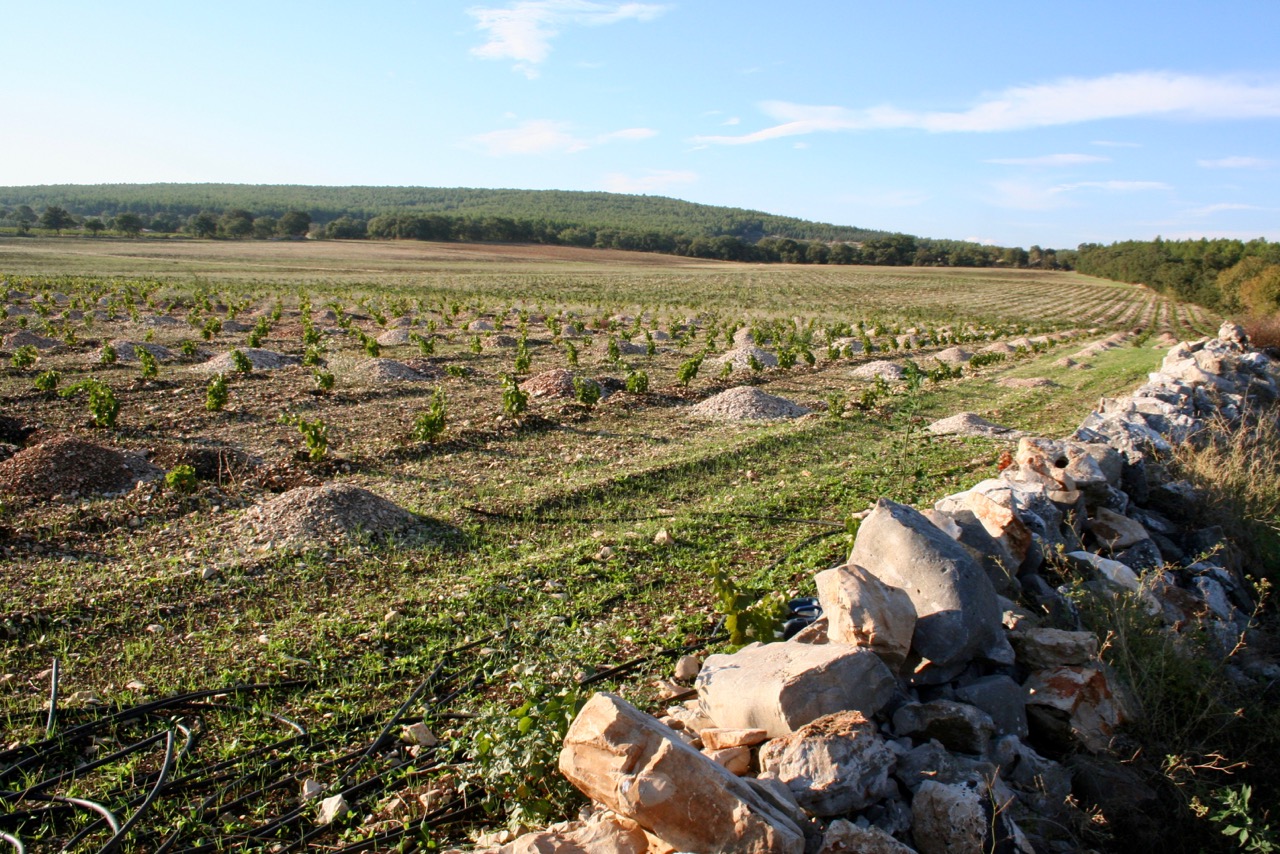
The naturalistic treasure of the Murgia received the most important and deserved recognition on 2 December 1998, when with the approval of the l. 426, the Alta Murgia National Park was established.
It was an important result, obtained thanks to the synergistic commitment of the Municipalities included in the territorial area of the Park: Altamura, Andria, Bitonto, Cassano Murge, Corato, Gravina di Puglia, Grumo Appula, Minervino Murge, Poggiorsini, Ruvo di Puglia , Santeramo in Colle, Spinazzola, Toritto.
The birth of the Park coincides with the implementation of a project aimed essentially at supporting the enhancement and eco-friendly development of this area. Finally, the idea was accepted that the wealth of the Murgia resides in the enormous baggage of traditional uses, customs and economic activities that characterize it and which therefore must be protected.

The Alta Murgia extends for more than 90,000 hectares between the Adriatic coast and the Lucanian hills. The Murgian plateau unfolds in a suggestive succession of depressions, hills, escarpments and blades, reaching its maximum height, 679 meters, at Monte Caccia. This territorial area is mainly made up of limestone rocks dating back to the Cretaceous period, but there are also more recent rock formations, such as tuffs, formed in the Pliocene, and the bags of clays, sands, as well as alluvial earthy and pebbly deposits, dating back to the he last geological era, which mixed with humus and red earth forms the only soils suitable for cultivation.
The landscape is characterized by a rugged but, at the same time, varied vegetation. The Alta Murgia preserves the last example of a pseudo-Mediterranean steppe in peninsular Italy. On the pastures, which at first glance might appear dry and stony, various plant species are born.

They range from micro-landscapes of lichens and mosses, to various species of grasses, ferules and asphodels. While, in the shade of the splendid holm oaks and turkey oaks, a bushy undergrowth grows with dog roses and wild orchids. This land also offers some gastronomic delights, such as the sweet asparagus, the tasty lampascioni and the precious cardoncelli mushrooms.
Equally varied is the fauna of the Alta Murgia. The harshness of these areas, if on the one hand has made human settlements less frequent, on the other has favored the conservation of an environment conducive to the prosperity of various animal species. First of all, the amphibians and reptiles must be remembered. Among the most common species are the Italian trifone, the common and emerald toad, the green frog, the Kotschy gecko, the green lizard, the viper and the emblematic country lizard.

Among the easiest mammals to meet, the fox, the stone marten, the hare and the hedgehog should be mentioned. Finally, we must remember that there are 80 species of birds that nest in the Alta Murgia, including the calender, the lanner, the raven and the splendid naumanni falcon, also called lesser kestrel. Crossing the park you can meet various kinds of architectural structures, which make the area of the Alta Murgia typical.

We can basically distinguish three categories of buildings: first of all those related to pastoral and agricultural activities, religious ones, and castles. Among the first is the Tratturo, an ancient "grassy road" along which the transhumant flocks had to move to reach the pastures.
The Alta Murgia has no less than 6 Tratturi, including n ° 21 (which connects Melfi to Castellaneta), 142 km long, which winds along the ancient Via Appia. Then we must remember the post office, enclosed locations with dry stone walls, built to protect the herds from the cold.
Finally, the Jazzi, structures intended for the breeding of sheep, usually located to the south and on a slope, in inland areas.
Particular attention should be paid to the Masserie. Their origin dates back to the 15th century. With the foundation of the Regia Dogana della Mena delle Pecore, there was a rigid organization of the Apulian agricultural economy, which led to the construction of structures suitable for supporting the pastoral and cereal exploitation of the area.

In this period the farms were founded. Up to the seventeenth century their spread was strictly controlled both in number and in extent, since the Regia Dogana had an interest in keeping the largest area of the Murgian territory grazing.
Between the end of the seventeenth century and the beginning of the nineteenth, the farms became the organizational center of the large estates. The Alta Murgia landscape is ennobled by the great manors, solemn witnesses of an ancient and high rock civilization that has its origins in the first phase of the Basilian penetration in our region. Among these castles we remember: the Garagone Castle, the Gravina di Puglia Castle and the magnificent Castel del Monte.

Finally, the Alta Murgia is home to splendid rock churches, a symbol of the profound spirituality that emanates from this barren and silent land. Life has never left these territories, which to some may even appear lunar. The archaeological importance of this area allows us to detect how ancient the phenomenon of anthropization is here. The extraordinary discovery of the fossil skeleton of the Man of Altamura offers us a precious testimony of the ancient bond that unites man with this land. A bond that must always be preserved with care and philological attention.